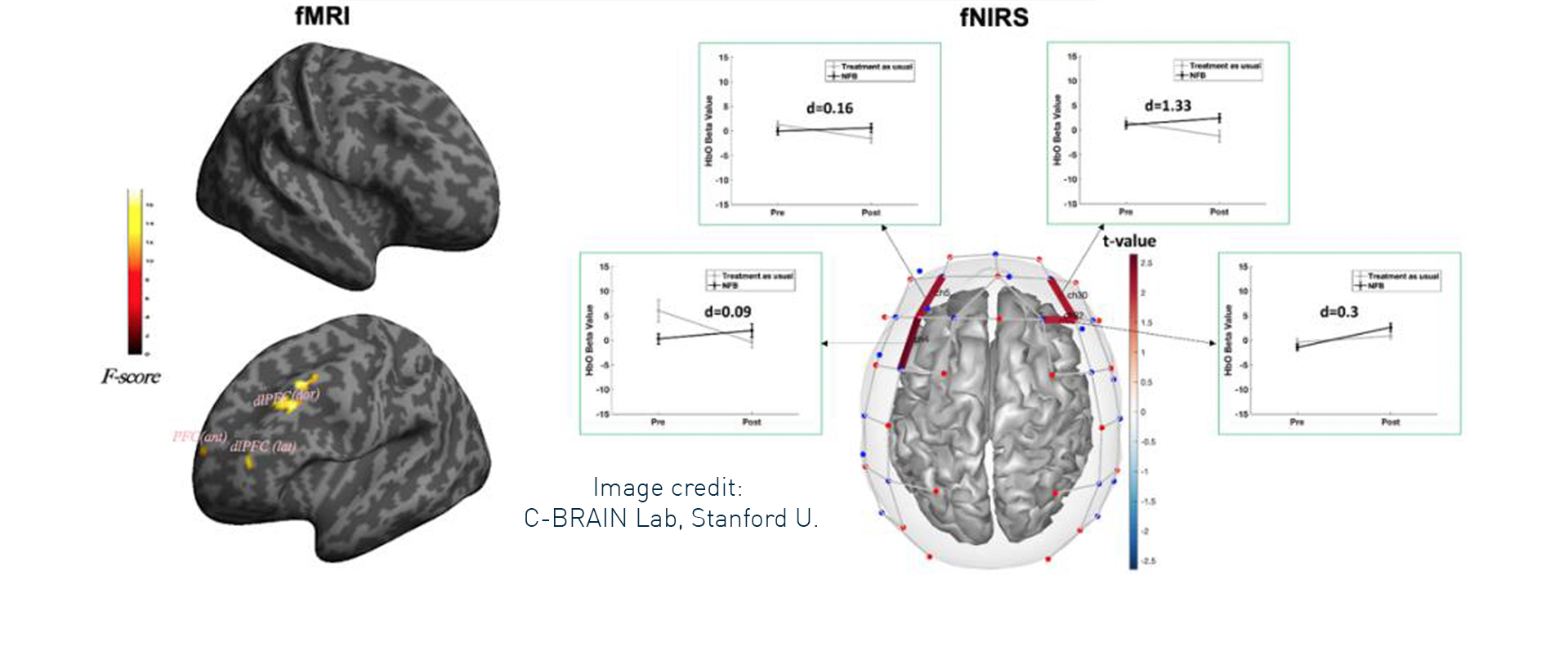-
Putting Proteins Under a Computational Microscope

Summary: AI Prize Grand Prize winner Zhuoran Qiao uses generative AI to model dynamic protein structures and their interactions with small molecules—dramatically accelerating drug discovery. Inspired by diffusion models, his approach predicts not only protein folding but also binding behaviors, enabling the design of new treatments, including for “undruggable” diseases. His work replaces years of […]
-
A Closer Look at Coastal Waters

Summary: AI Prize finalist Alizée Roobaert, a researcher at the Flanders Marine Institute, uses machine learning to map how coastal waters absorb carbon dioxide (CO₂). While oceans are known to absorb about one-quarter of human CO₂ emissions, coastal regions remain poorly understood. Roobaert combined satellite and in situ data with AI to generate highly detailed […]
-
All Together Now

Summary: AI Prize finalist Aditya Nair uses machine learning to uncover hidden patterns in brain activity related to emotions like anger and fear. While individual neurons show little correlation to emotional states, Nair’s model analyzes collective neural activity—like listening to an orchestra—to detect persistent emotional signals. His work revealed a “line attractor” pattern in the […]
-
Transforming Neurological Care in 30 Seconds with QDG Health

Summary QDG Health, developed by Dr. Helen Bronte-Stewart at Stanford, introduces Quantitative Digitography (QDG), a 30-second finger-tapping test using the KeyDuo device to remotely monitor Parkinson’s disease (PD) symptoms. Its AI-driven PRECISE algorithm translates movement data into validated motor biomarkers, tracking tremors, rigidity, and bradykinesia with high accuracy. The system enables real-time symptom monitoring, medication […]
-
Revolutionizing ADHD Treatment Through Neuromonitoring Guided Working Memory Interventions

Summary A recent Stanford University study published in iScience explores a neuromonitoring-guided working memory intervention for children with ADHD. Traditional treatments often fail to address ADHD’s neural mechanisms, but this research integrates real-time functional near-infrared spectroscopy (fNIRS) with cognitive training and neurofeedback to enhance working memory (WM) networks. In a randomized trial, children in the […]
-
Will AI Help Solve the Global Mental Health Crisis?

Summary The global mental health crisis leaves over two-thirds of affected individuals untreated. AI technologies are emerging as transformative tools in addressing this issue. At Cincinnati Children’s Hospital, AI analyzes linguistic patterns to identify suicidality with 90% accuracy and detect anxiety months earlier than traditional methods. Dr. Frederike Petzschner of Brown University highlights AI’s potential […]
-
To Turbo-Charge Scientific Discovery, Researchers Are Turning to AI

Summary AI is revolutionizing scientific discovery, enabling breakthroughs that would have taken decades to achieve. Researchers are now using AI to tackle complex problems like protein engineering, material synthesis, and understanding brain function. For example, AI-powered tools have been crucial in developing next-generation vaccines and exploring neural mechanisms in both artificial and biological systems. The […]
-
Emerging Wearable Technologies Enhance Multisystem Monitoring and Treatment of Parkinson’s Disease

Summary Parkinson’s disease (PD), affecting nearly 90,000 people annually in the U.S., is difficult to diagnose and treat due to its variable symptoms. Wearable technologies are emerging as powerful tools for monitoring PD symptoms, both motor and nonmotor, outside clinical settings. These devices track symptom progression more effectively than traditional methods, offering real-time data on […]
-
Bringing Wearables from Bench to Bedside

Summary Stanford University’s Professor Zhenan Bao developed a skin-like, wearable pressure sensor capable of non-invasively measuring vital signs such as blood pressure and pulse. To bring this innovation from lab to market, she co-founded PyrAmes Inc. with Dr. Xina Quan, who enhanced the device using machine learning algorithms and optimized its design for clinical use. […]
-
Is Background Noise the Key to Beating Alzheimer’s?

Summary The article discusses the innovative SoundMind project, led by Dr. Alexander Khalil and Dr. Gráinne McLoughlin, which explores the use of Augmented Audio Reality (AAR) to treat neurodegenerative diseases like Alzheimer’s. The project was inspired by Khalil’s experience with his father, who had dementia. Khalil developed an AAR algorithm that subtly alters background noise […]